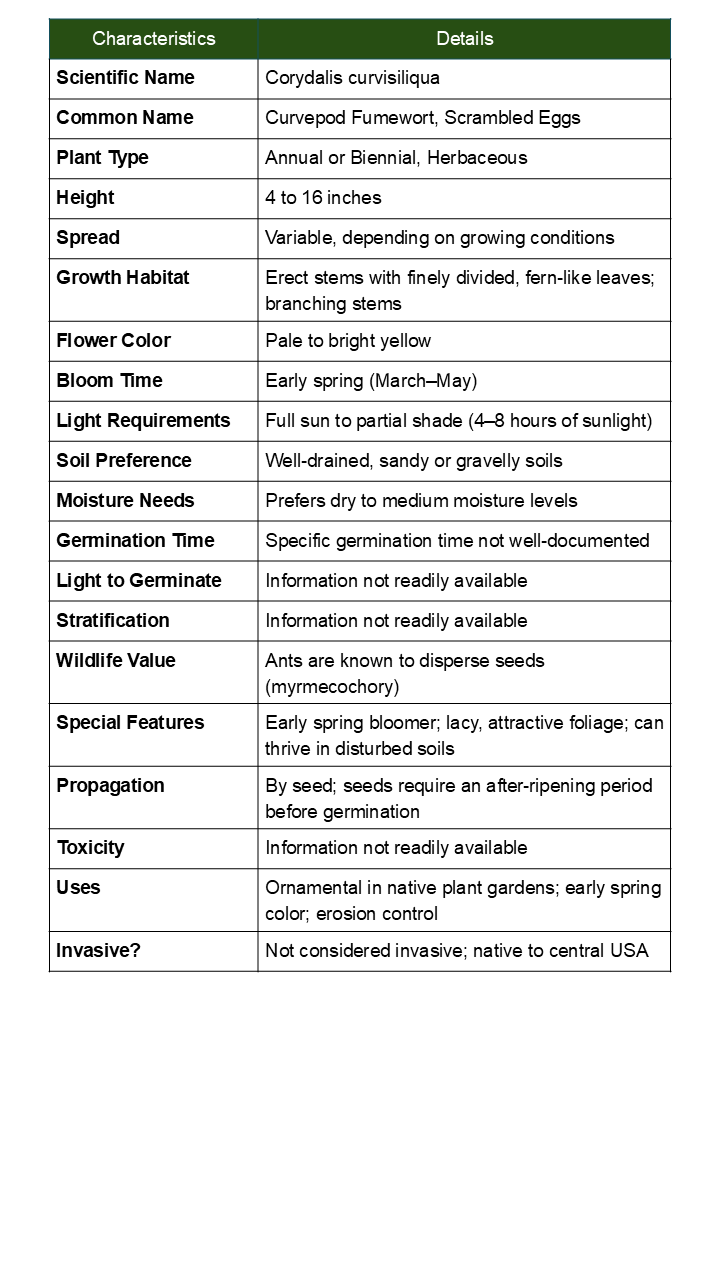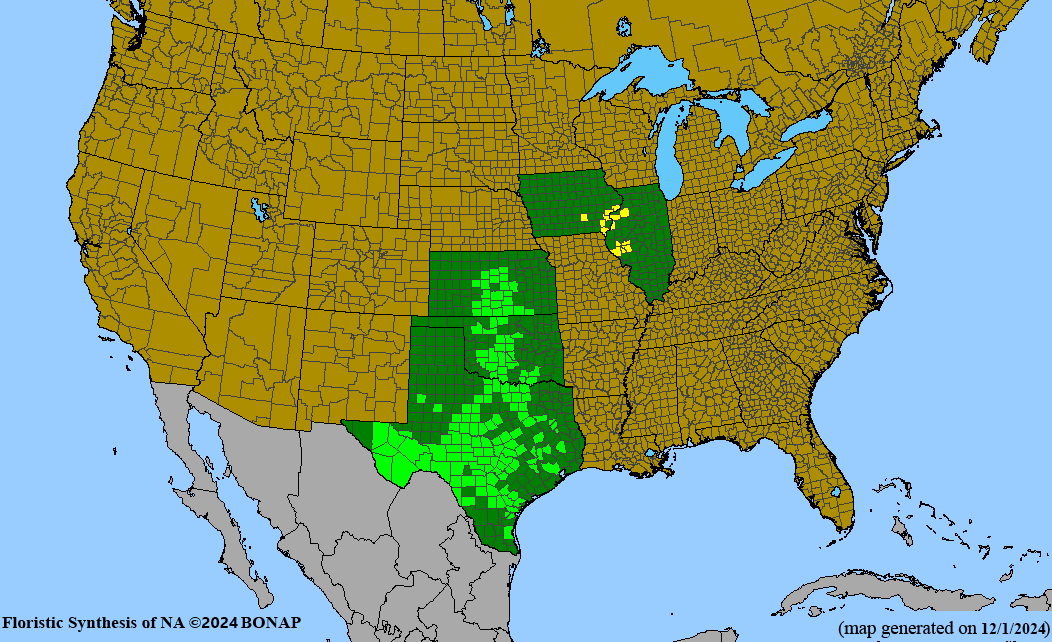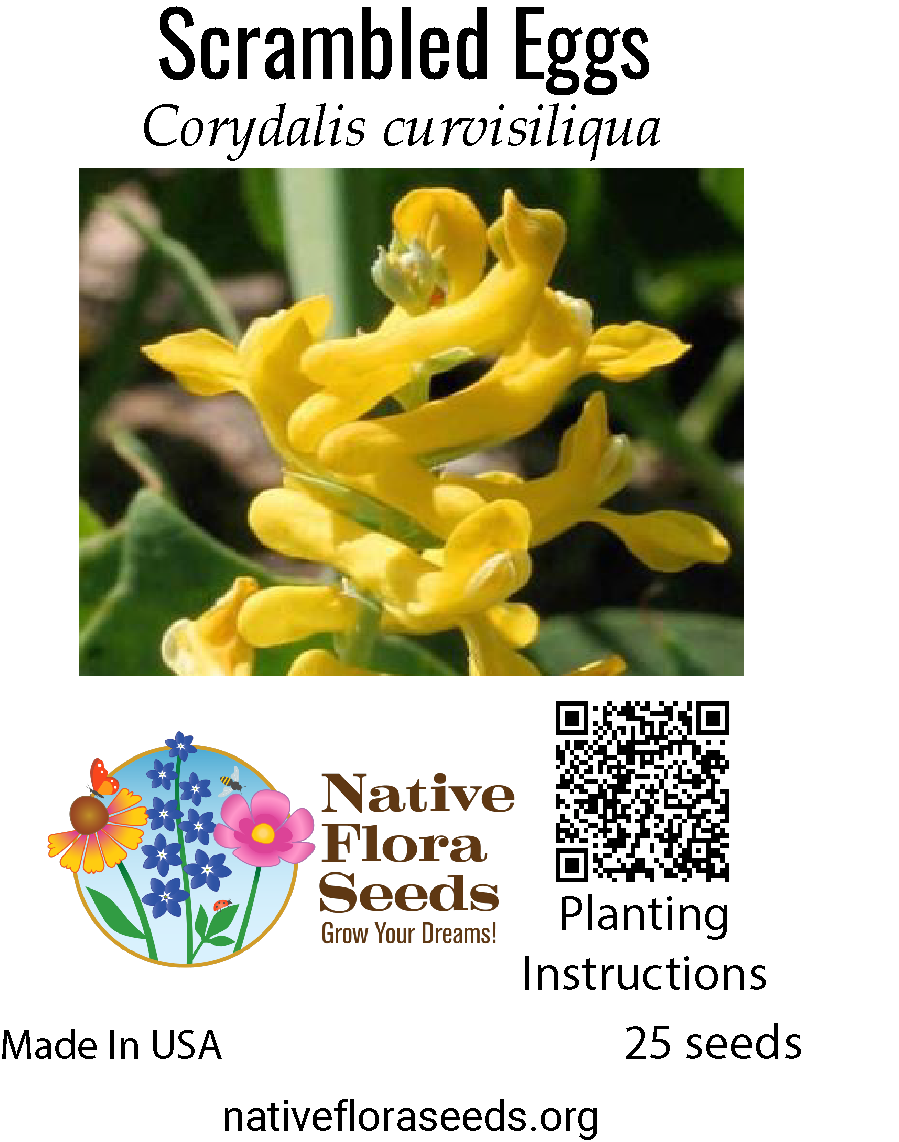Scrambled Eggs Seeds - Native Wildflower (Corydalis aurea) for Spring Gardens
Regular price$4.00
/
Tax included.
No reviews
Description
🌼 Discover the Delicate Beauty of Scrambled Eggs
Experience the charming elegance of Corydalis aurea, aptly named 'Scrambled Eggs' for its clusters of bright golden-yellow flowers that resemble fluffy scrambled eggs. This delightful native annual creates masses of intricate, spurred flowers from early spring through summer, bringing cheerful color and delicate beauty to your garden.
✨ Key Features:
- Height: 6-12 inches tall with delicate, spreading habit
- Bloom Time: April through July (spring to early summer)
- Flower Color: Bright golden-yellow with intricate spurred petals
- Native Range: Throughout North America
- Life Cycle: Annual that readily self-seeds
- Sun Requirements: Full sun to partial shade
🦋 Outstanding Wildlife Benefits:
- Early season nectar source for native bees and small butterflies
- Attracts beneficial insects during crucial spring pollination period
- Seeds provide food for birds through summer and fall
- Self-seeding habit creates natural wildflower colonies
- Supports declining native pollinator populations
🌱 Easy Growing Guide:
- Soil: Well-drained soils, tolerates poor and sandy conditions
- Cool Weather: Thrives in cool spring temperatures
- Maintenance: Low maintenance, self-seeding annual
- Germination: Direct sow in fall or early spring
- Spacing: Plant 4-6 inches apart for natural drifts
🏡 Perfect Garden Uses:
Ideal for rock gardens, cottage gardens, wildflower meadows, and naturalized areas. The delicate flowers and low stature make it perfect for front-of-border plantings and spring displays.
Create charming spring displays while supporting early-season pollinators. This delightful native brings whimsical beauty and ecological value to sustainable gardens with its cheerful 'scrambled egg' blooms.



